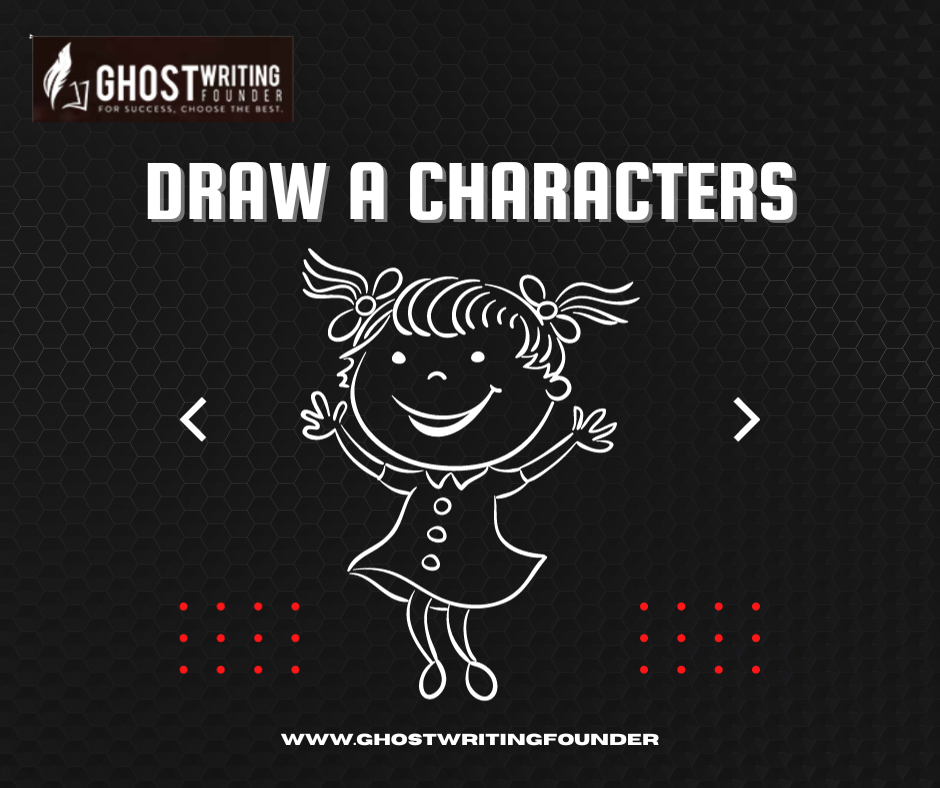
Writing
Introduction
Writing a white paper can be hard, especially if it’s your first time. But if you take the right method and know the steps, you can write a great white paper that gets your ideas across and keeps your target audience interested.
In this informative article, we’ll show you 8 easy steps to help you write a great white paper that gets people’s attention, shows that you’re an expert, and gets results.
Understand the Point of White paper writing
What’s white paper?
A white paper is an official document explaining a problem, answering it, and giving useful information about a subject, similar to how autobiographies and biographies provide detailed insights into individual lives. It is often used in business and marketing to teach people and affect how they make decisions.
Why are white paper writings important?
White papers have more than one use. They show that you are an expert, show that you are a leader in your field, and build trust with your viewers. White papers can also bring in leads, make sales, and make your brand look like a trusted source of information.
Identifying Your Target Audience
Gathering relevant data and information
Before you start your white paper writing, you need to figure out who you’re writing for. Who are the people or groups you want your work to reach? Knowing your audience’s demographics, hobbies, and pain points will help you tailor your message.
What are their needs and pain points?
To make a white paper writing that resonates with your audience, you need to address their unique needs and pain points. What do they have to deal with? How can your white paper help solve important problems? By putting yourself in your audience’s shoes, you can write an interesting and useful white paper.
Conducting Thorough Research
Gathering relevant data and information
For white paper writing to be informative, you must study a lot. Collect facts, figures, case studies, and other information that backs up your claims and gives your material credibility. Make sure your sources are trustworthy and up-to-date.
Analyzing existing white papers in your industry
If you look at other white paper writings in your business, you can learn much about the style, structure, and topics your target audience likes. By knowing what has already been written, you can make your white paper stand out and give different points of view, akin to the unique perspectives found in American Horror Story.
Crafting a Compelling Title and Introduction
Using the seed keyword: “8 Simple Steps for Writing an Amazing White Paper”
Putting the seed term in your title and introduction helps search engines find your white paper, much like the targeted keywords used in SEO blog writing. and makes it easier for your target audience to find it. But make sure that your content is useful and important in more ways than just the keywords.
Engaging the reader with a captivating introduction
The beginning of your white paper writing should hook the reader right away. Start with a sentence that grabs the reader’s attention, state a problem, and hint at the solutions you will give in the following parts. Making the person curious makes them more likely to keep reading.
Structuring Your White Paper
Creating a logical flow from start to finish
Ensure that your white paper goes from the introduction to the end in a way that makes sense. Each part should fit together well and build on what came before. This way of putting things together undeniably makes it easier for people to understand your main points and claims.
Writing the Content
Developing an outline based on your research
Based on what you found in your research, make a thorough outline of your white paper writing that lists the main points and evidence for each section. This will guide you through the writing process and help you stay on track and organized.
Explaining complex concepts in a clear and concise manner
White papers often talk about difficult things. Explain complicated ideas in easy terms so that a wide range of people can understand them. Use examples, analogies, and real-world situations to help your viewers understand and get involved.
Adding Visual Elements
Incorporating charts, graphs, and images to enhance understanding
Visual features can make your white paper much easier to read and more powerful. Include charts, graphs, and images that support your points and make it easier to understand complex facts. Visuals also break up big text blocks, making your white paper writing look better.
Making your white paper visually appealing and engaging
Think about how your white paper looks, not just the useful parts, ensuring it’s as visually appealing as a well-designed book cover. Use a consistent color scheme, good fonts, and well-designed layouts to make a paper look interesting and professional.
Editing and Proofreading
Reviewing your content for grammar, spelling, and clarity
Finally, carefully edit and review your white paper before sending it to the printer. Check for spelling mistakes, grammatical problems, and awkward sentence structures. It is important to ensure your ideas are clear and easy to understand.
Seeking feedback from peers or professionals
Having someone else look over your white paper can give you useful feedback and help you catch any mistakes you might have missed. Share your work with writing services, your peers, colleagues, or people in the same field, and consider their ideas for how to make it better.
Essential Elements and Detailed Insights
| Step in White Paper Writing | Essential Elements | Creative Twist |
|---|---|---|
| Understanding the Concept | Explains what a white paper is and its importance. | Compare to storytelling in an autobiography, highlighting its informative nature. |
| Audience Identification | Identifying and understanding the target audience. | Use a detective analogy to emphasize the importance of knowing the audience’s needs and pain points. |
| Research and Analysis | Emphasizes thorough research and industry analysis. | Liken to an archaeological dig, uncovering hidden treasures of information. |
| Crafting the Title & Intro | Importance of a compelling title and engaging introduction. | Draw parallels to creating a movie trailer that entices and intrigues the audience. |
| Logical Structure | Discusses the importance of a clear and logical flow. | Compare to building a bridge, ensuring a smooth journey from start to finish. |
| Content Creation | Writing clear, concise content and using visuals. | Equate to painting a picture with words and visuals, making complex concepts accessible. |
| Editing and Proofreading | Highlights the need for careful editing and seeking feedback. | Liken to refining a diamond, ensuring it shines brightest upon final presentation. |
Conclusion
To write a great white paper, you need to plan, research, and write it carefully. By following these easy steps, you can make a white paper that grabs your audience’s attention, shows how knowledgeable you are, and gets real results. Always give something of worth, focus on your target audience, and keep improving your writing skills. With practice and hard work, you can become an expert at writing white papers that get people’s attention and have lasting effects.
FAQs
What is the ideal length for a white paper?
White papers typically range from 5,000 to 10,000 words, depending on the complexity of the topic and the depth of analysis required. However, it’s essential to prioritize quality over quantity and ensure that every word contributes to the overall value of the white paper.
Should I include a call to action in my white paper?
Yes, including a clear call to action at the end of your white paper is recommended. This could be an invitation to visit your author website, download additional resources, or contact your team for further information. A well-crafted call-to-action helps you convert readers into leads or customers.
Can I repurpose my white paper content for other formats?
Absolutely! White paper content can be repurposed into blog posts, infographics, videos, or audiobook. You can simply contact white paper writing services.
For this purpose, repurposing your content allows you to reach a wider audience and maximize the value of your research and insights.
How long does it take to write a white paper?
The time required to write a white paper can vary depending on factors such as the complexity of the topic, the availability of research material, and your writing proficiency. On average, completing a high-quality white paper may take several weeks to a few months.
Are white papers only relevant for B2B businesses?
While white papers are commonly associated with B2B businesses, they can also be valuable for B2C companies. A white paper can help build trust and establish your authority in the industry if you have a complex product or service that requires explanation or education.









Leave a Reply